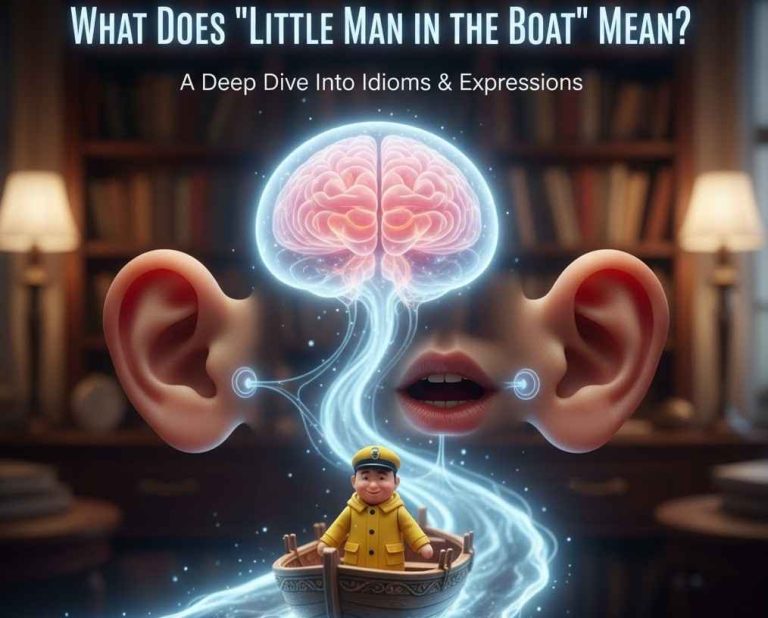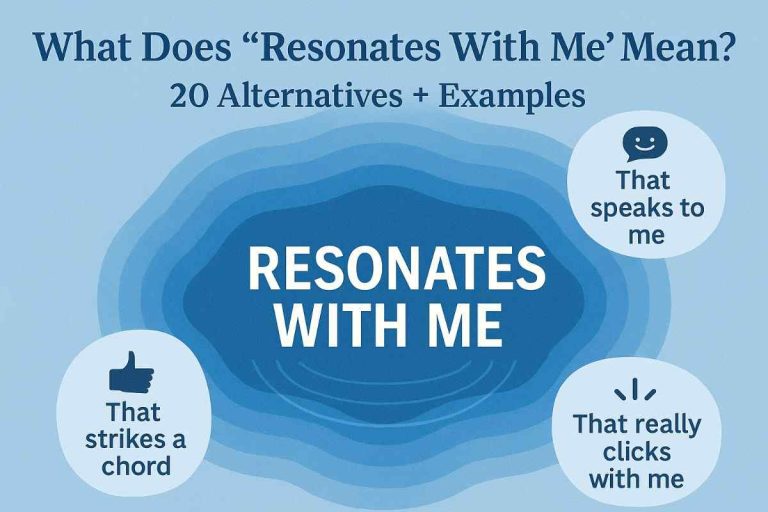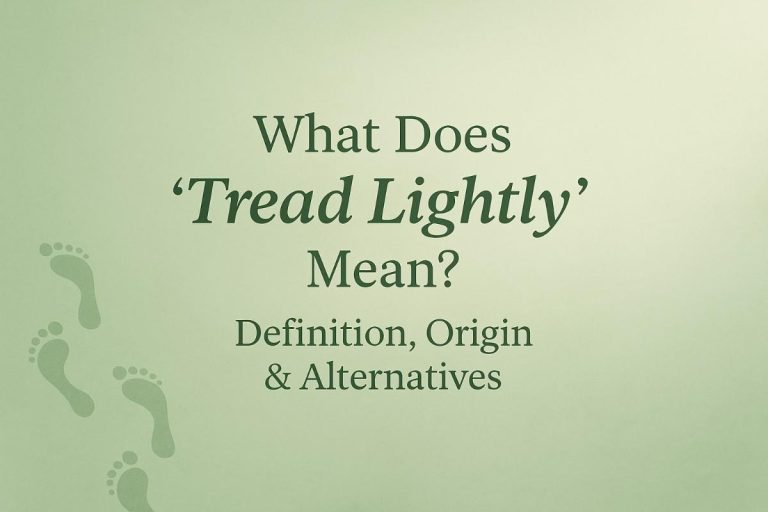What Does “WTW” Mean?
You’ve seen it before — “WTW” popping up in a text or comment. It looks simple, but what does it mean? If you’re new to internet slang or texting shortcuts, “WTW” might look confusing at first.
Here’s the quick answer: WTW means “what’s the word?” It’s a casual way of asking what’s happening, what’s new, or what someone is up to. But, like most internet slang, its meaning can shift slightly depending on who’s using it and where.
Let’s take a closer look at what “WTW” really means, how it’s used on social media, and when to use it naturally without sounding forced.
What Does “WTW” Mean?
The abbreviation WTW stands for “what’s the word.” It’s a casual greeting or conversation starter, similar to “what’s up?” or “how’s it going?”
People use it to check in, start a chat, or ask what’s happening. It’s quick, friendly, and common in texting, social media, and online chats.
Here’s what it looks like in use:
“WTW tonight?”
Meaning: “What’s happening tonight?”
Or:
“Hey, WTW with you?”
Meaning: “What’s going on with you?”
While that’s the main meaning, WTW can take on slightly different tones based on the conversation:
- Friendly greeting: “WTW bro?” – means “Hey, what’s up?”
- Checking plans: “WTW later?” – means “What’s the plan later?”
- Flirty message: “WTW 😏” – means “What are you doing?” or “Want to hang out?”
So, the exact meaning depends on tone, emojis, and who’s talking.
WTW Meaning on Social Media Platforms
WTW appears across several social platforms, each with its own flavor. Here’s how people use it on the most common ones:
1. WTW on Snapchat
On Snapchat, WTW often means “what’s up?” or “what are you doing?” People use it to start conversations or keep streaks going.
Example:
“WTW, haven’t seen you post in a while.”
It’s friendly, not formal. You’ll see it in messages, captions, or replies to snaps.
2. WTW on TikTok
On TikTok, WTW usually appears in captions or comments. It can mean “what’s the word?” or “what’s happening?” Sometimes it’s used playfully or to express curiosity about a trend.
Example:
“Everyone talking about this new sound… WTW?”
It’s also used in videos where creators ask followers what’s going on or what they think about something.
3. WTW on Instagram
On Instagram, WTW shows up in comments, DMs, and captions. It often acts as a casual opener:
“WTW for the weekend?”
or
“WTW, I haven’t seen you in forever.”
In DMs, it can sound flirty, depending on context and tone.
4. WTW on Twitter (X)
On Twitter, people use WTW to comment on events or trending topics. It’s often written when someone wants updates or opinions.
Example:
“WTW with this new album? Anyone heard it yet?”
Here, it means “what’s happening” or “what’s everyone saying.”
5. WTW in Text Messages
In texting, it’s most often used as a greeting.
“WTW?” or “WTW, wanna hang later?”
It’s simple, fast, and fits perfectly into casual chats.
In short:
Across platforms, WTW stays friendly and informal. It’s one of those phrases that can mean “what’s up,” “what’s new,” or “what’s happening” — all depending on timing and tone.
The Origin and History of the Phrase
The phrase “what’s the word” has roots in African American Vernacular English (AAVE). It was a common street expression used in the mid-to-late 20th century to ask what was happening, especially within local communities.
The phrase carried a sense of rhythm and slang. Saying “what’s the word?” was like asking, “What’s the news?” or “What’s going on in the neighborhood?”
Over time, it made its way into music, movies, and pop culture. As texting became common in the 2000s, people began shortening longer phrases for convenience. That’s when “what’s the word” became simply WTW.
By the time apps like Twitter, Instagram, and Snapchat became popular, abbreviations like WTW were everywhere. It spread fast, just like other short forms — “WYD” (what you doing), “HMU” (hit me up), and “LMK” (let me know).
WTW kept its friendly tone but became more flexible. Now, it can be used as a greeting, an invite, or even a check-in.
Today, “WTW” is part of everyday digital talk. You’ll see it in texts, memes, captions, and messages between friends.
When & Where to Use “WTW”
WTW works best in casual settings — never in formal emails or professional chats. It’s great for quick texts, friendly conversations, and lighthearted online talk.
Here are some common ways to use it:
1. To Start a Conversation
Use it like you’d say “what’s up?”
“WTW, it’s been a minute!”
It’s simple, friendly, and opens the door for small talk.
2. To Check Plans
Ask about plans or activities.
“WTW tonight?”
“WTW for the weekend?”
This makes it sound chill, not pushy.
3. To Reconnect
Perfect when catching up after not talking for a while.
“Hey, WTW with you lately?”
It’s casual enough to use without sounding too serious.
4. To Flirt or Keep Things Light
WTW can be flirty when used with the right tone or emojis.
“WTW 😏”
or
“WTW, you free later?”
Still, context matters. Use it only if you’re on friendly terms.
5. To Comment on Trends or Topics
When you want to join a discussion:
“Everyone talking about this new show, WTW?”
This is common on social media when reacting to viral content.
When not to use it:
- In formal settings like work or academic emails.
- In conversations with people who may not understand slang.
- In serious or emotional discussions where clarity matters.
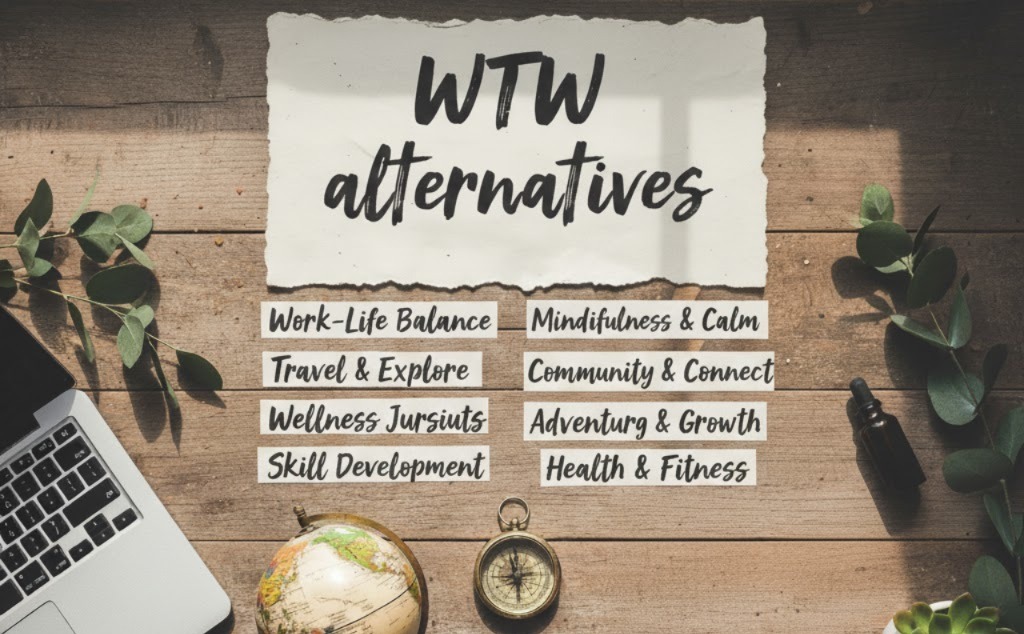
Discover More: Going Ham: Meaning, Alternatives, and Polite Responses
Alternatives to “WTW”
Here are other phrases that carry a similar meaning depending on your tone and setting.
1. What’s Up
Meaning: A simple, friendly way to ask how someone is or what’s happening.
Explanation: The most direct and universal version of WTW.
Example: “Hey, what’s up?”
Best Use: Everyday conversations, texts, or casual chats.
2. What’s Going On
Meaning: Another way to ask what’s happening or what someone is doing.
Explanation: Slightly longer but clear and natural.
Example: “What’s going on with you today?”
Best Use: Friendly or semi-casual settings, including work chats.
3. What Are You Up To
Meaning: Asking what someone is doing right now or planning to do.
Explanation: A little more specific than WTW.
Example: “Hey, what are you up to this weekend?”
Best Use: Texting friends or checking plans.
4. How’s Everything
Meaning: Checking in on someone’s general well-being.
Explanation: More polite and slightly formal than WTW.
Example: “Hey, how’s everything going?”
Best Use: When you want to sound caring or respectful.
5. Any Plans
Meaning: Asking what someone’s doing later.
Explanation: A short, direct alternative for checking in.
Example: “Any plans tonight?”
Best Use: Texting friends or acquaintances casually.
6. What’s New
Meaning: Asking about updates or changes in someone’s life.
Explanation: Friendly and curious tone.
Example: “What’s new with you these days?”
Best Use: Great for reconnecting after time apart.
Simple and Polite Responses to “WTW”
Your reply depends on the tone of the message. Keep it short, friendly, and natural.
When It’s a Greeting
Examples:
- “Not much, just chilling.”
- “All good here. You?”
- “Nothing special, what about you?”
When It’s About Plans
Examples:
- “Thinking about going out.”
- “Not sure yet, what you got in mind?”
- “Might just stay in tonight.”
When It’s Flirty
Examples:
- “Just waiting on you 😉.”
- “Nothing yet, wanna change that?”
- “You tell me 😏.”
When You’re Not Sure How to Reply
Examples:
- “Hey! Not much, what’s up?”
- “Just relaxing. What’s the word with you?”
- “Same old, same old.”
Keep your response light and conversational. You don’t need a long message — a simple answer keeps the tone friendly and easy.
Conclusion
The acronym WTW is one of those quick, flexible phrases that keeps online talk short and friendly. It usually means “what’s the word,” or simply “what’s up.”
From Snapchat to TikTok, people use it as a greeting, a check-in, or even a flirty opener. It fits modern communication because it’s fast, informal, and works across platforms.
Understanding “WTW” helps you read tone and context better. Use it with friends, online followers, or people you chat with casually. Just remember — keep it informal and friendly.
Language keeps changing, and “WTW” is part of that digital shift. It’s proof that even three letters can spark a conversation, build connection, and keep the online world talking.
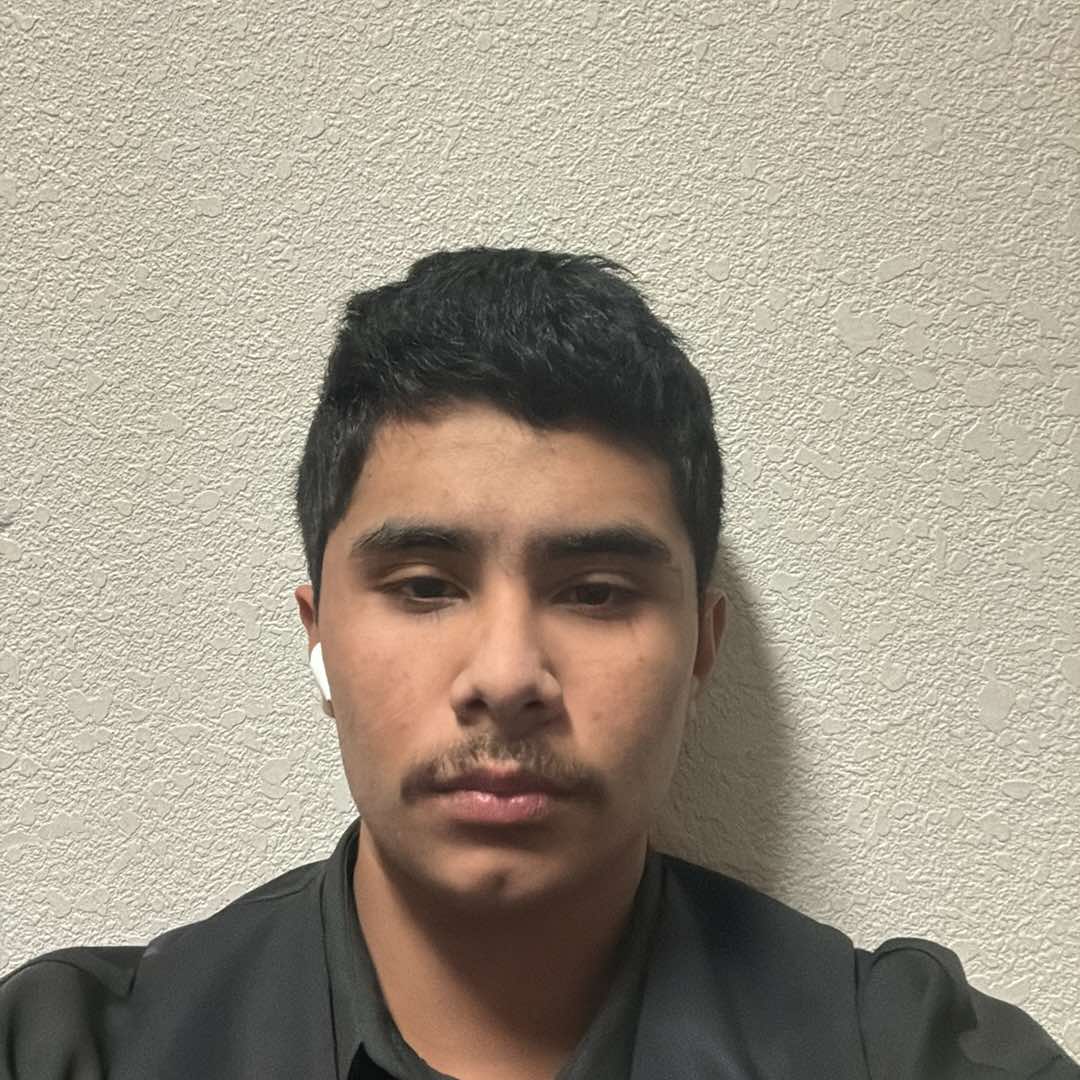
A former editor and grammar geek, David Langford has spent years refining the art of clear communication. He combines his journalism background with a knack for teaching, offering straightforward tips to master tricky grammar rules. When he’s not proofreading, he’s probably debating Oxford commas.


